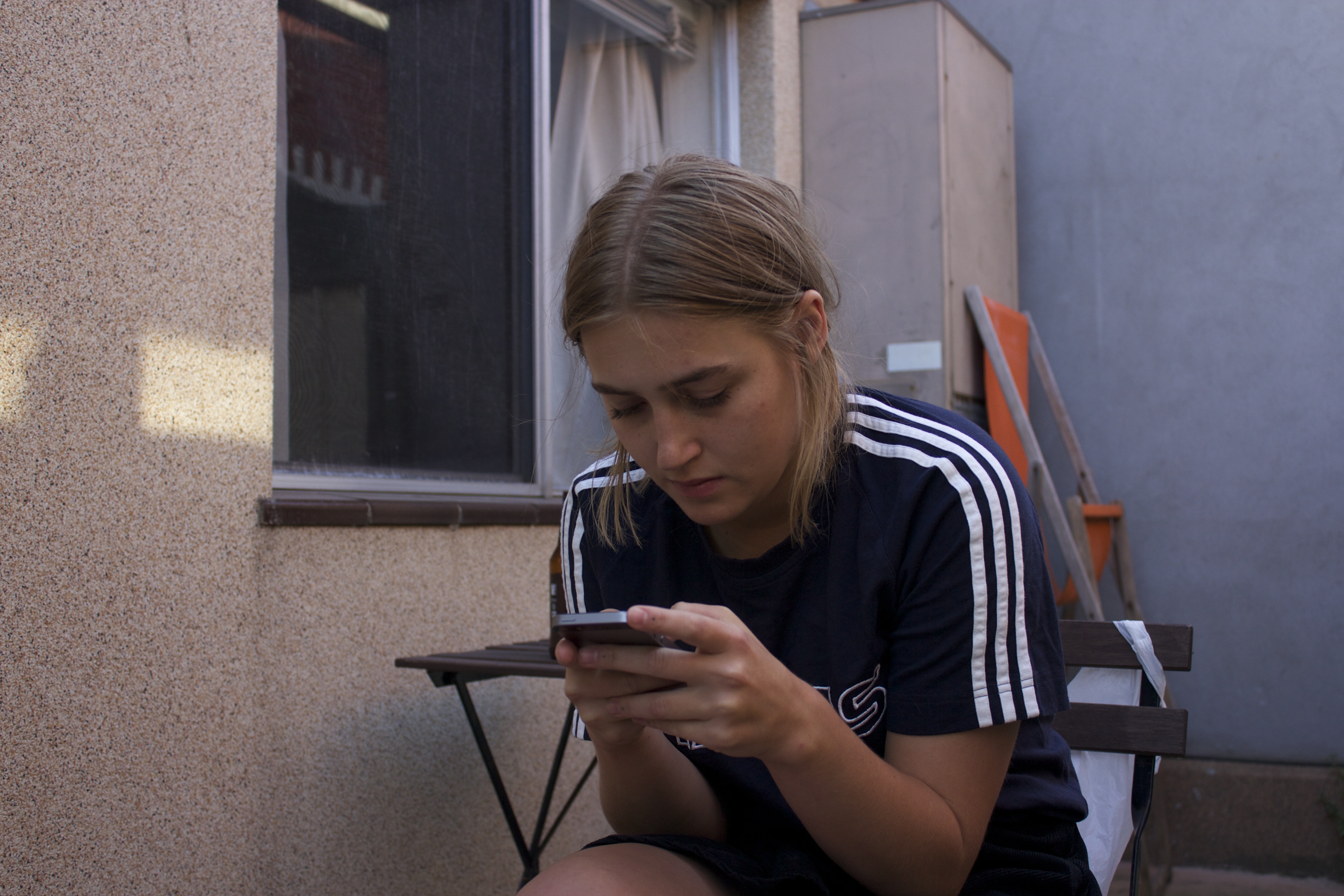“Texts are the material traces that are left of the practice of the sense-making – the only empirical evidence we have of how other people make sense of the world.” – Brian Morris, week 7
What is a text, and what is textual analysis in media studies; and where does the textual analysis tradition come from? These are some of the questions Brian attempted to indulge us with the answers to throughout this weeks lecture. Textual analysis rose as the response to two concerns, 1) the study of effects (cause and effect) and, 2) a mid 20th century turn against the idea that everything is ‘good’, are there other ways we can look at certain texts?
It is through textual analysis that people can pull apart the cultural meanings and signs hidden within any one text. As Alan McKee said in 2003, “text” is just “a convenient term for all of the elements of culture”. It’s through all of this that we come to the understanding that textual analysis isn’t about determining whether or not any one text is right or wrong, but this form of analysis is more concerned with the methodology around what the text can do in the way of sense-making of the world it is produced.
Textual analysis relies on the assumptions humans make when they see certain signs or signifiers, and what these assumptions say about the person, and the world around them in which certain texts are made within.
Jasmine then talked to us about the affordances of sound. I thought that this was a great lecture about how important sound can be in telling or re-telling a story. I learnt a bit about aural semiotics and the way sound creates and gives perspective in a piece, determined by what sounds are granted priority through the use of figure, ground and field sounds.

